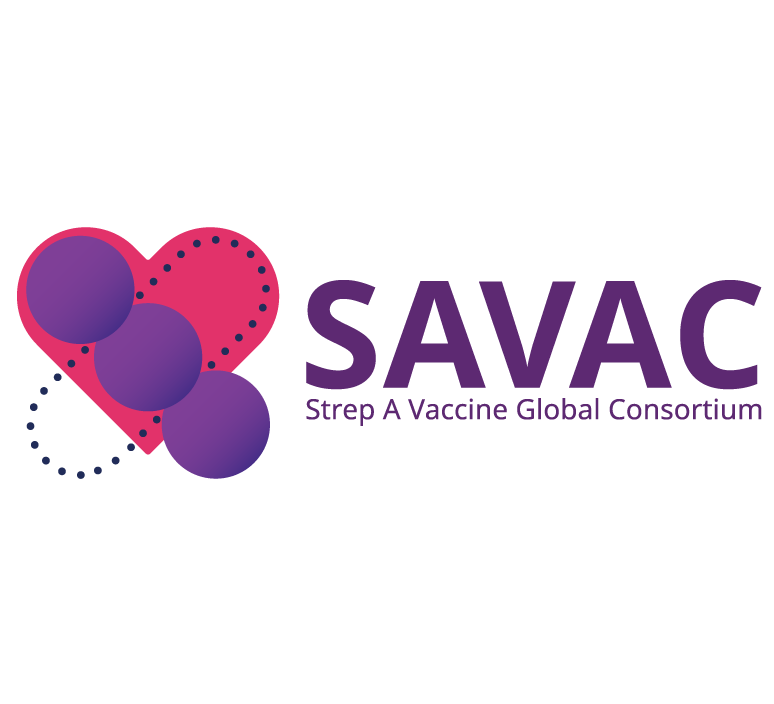Search
Research
The Impact of Pneumococcal Vaccination on Bacterial and Viral Pneumonia in Western Australian Children: Record Linkage Cohort Study of 469589 Births, 1996-2012We assessed the impact of PCV on all-cause and pathogen-specific pneumonia hospitalizations in Western Australian (WA) children aged 16 years.
Research
Modelling the seasonality of respiratory syncytial virus in young childrenThe transmission dynamics of RSV infection among young children are still poorly understood and mathematical modelling can be used to better understand...
Research
Preparing for prevention: Assessing the community awareness of RSV and other childhood infectionsRespiratory Syncytial Virus (RSV) is one of the most common reasons babies are admitted to hospital – with Aboriginal and preterm infants at greatest risk.

Research
Strep A Vaccine Global Consortium (SAVAC) 2.0The mission of SAVAC, the Strep A Vaccine Global Consortium, to ensure that safe, effective and affordable Strep A vaccines are available and implemented to decrease the burden of Strep A disease in the most in need.

News & Events
The Kids infectious diseases researcher named a WA Young Tall PoppyA The Kids researcher focused on ensuring kids are protected from infectious diseases will be named among WA’s most outstanding young scientists at the upcoming 2021 Young Tall Poppy Science Awards.

Research
A Systematic Framework for Prioritizing Burden of Disease Data Required for Vaccine Development and Implementation: The Case for Group A Streptococcal DiseasesVaccine development and implementation decisions need to be guided by accurate and robust burden of disease data. We developed an innovative systematic framework outlining the properties of such data that are needed to advance vaccine development and evaluation, and prioritize research and surveillance activities.
Research
Prevalence of respiratory viruses in community-acquired pneumonia in children: a systematic review and meta-analysisRespiratory viruses are increasingly detected in children with community-acquired pneumonia but prevalence estimates vary substantially. We aimed to systematically review and pool estimates for 22 viruses commonly associated with community-acquired pneumonia.
Research
Perspectives of culturally and linguistically diverse families in the management of children with type 1 diabetes in Western AustraliaChildren with Type 1 diabetes (T1D) from different ethnic backgrounds are growing in proportion in clinical practice and tend to have a higher risk of poor health outcomes. The study aimed to investigate the perspectives of culturally and linguistically diverse families in the management of children with T1D in Western Australia.
Research
Association between maternal influenza vaccination and neurodevelopmental disorders in childhood: a longitudinal, population-based linked cohort studyTo assess the association between in utero exposure to seasonal inactivated influenza vaccine (IIV) and the risk of a diagnosis of a neurodevelopmental disorder in early childhood.
